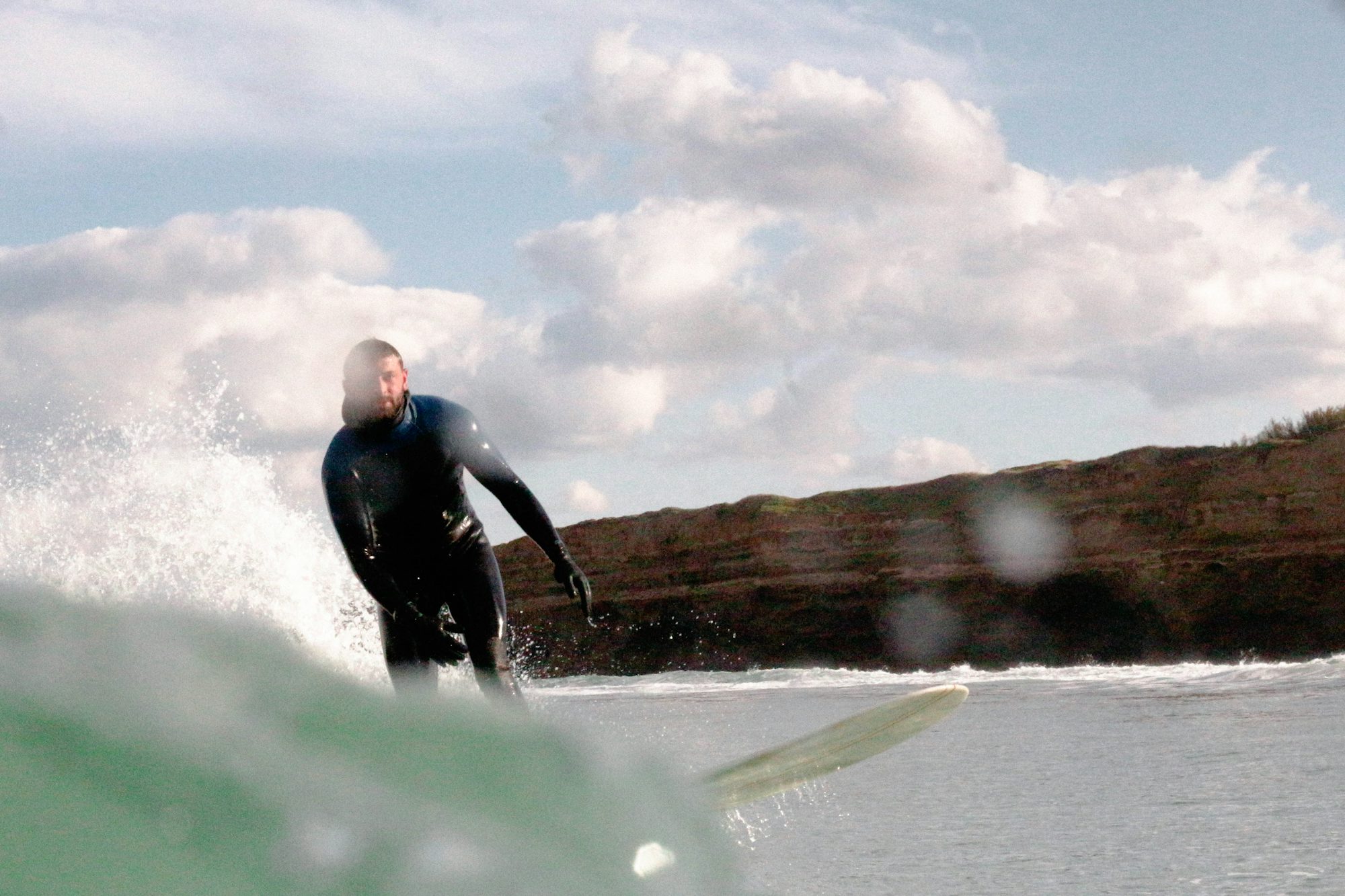How to make additional income after 35
Travel This article delves into the New Program in Canada various How to make Major update for Canadians additional income after Travel 35 techniques and Major update for Canadians styles of surfing, exploring the How to make New Program Sport in News Canada additional income after 35 cultural significance and the evolution Sport News of this beloved sport.
Saturday, October 12th 2024
Sophia Reynolds